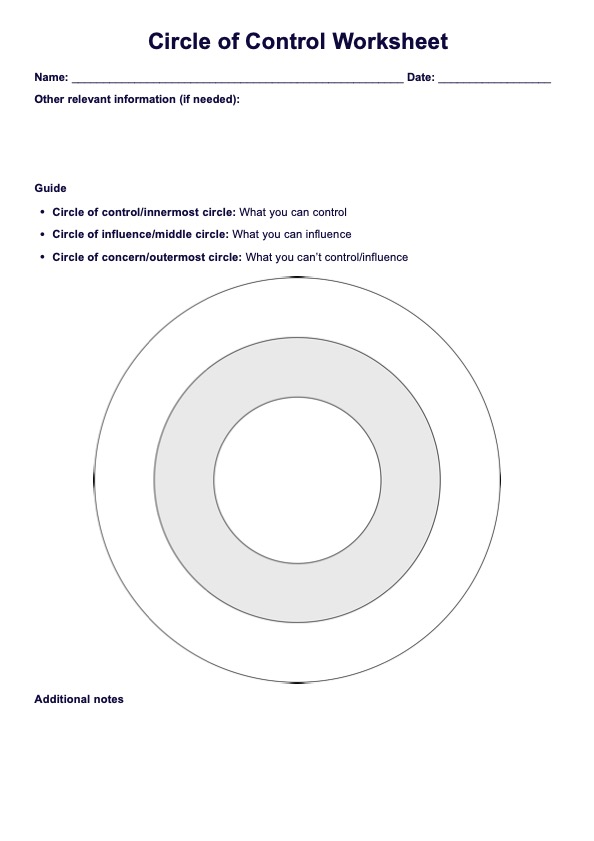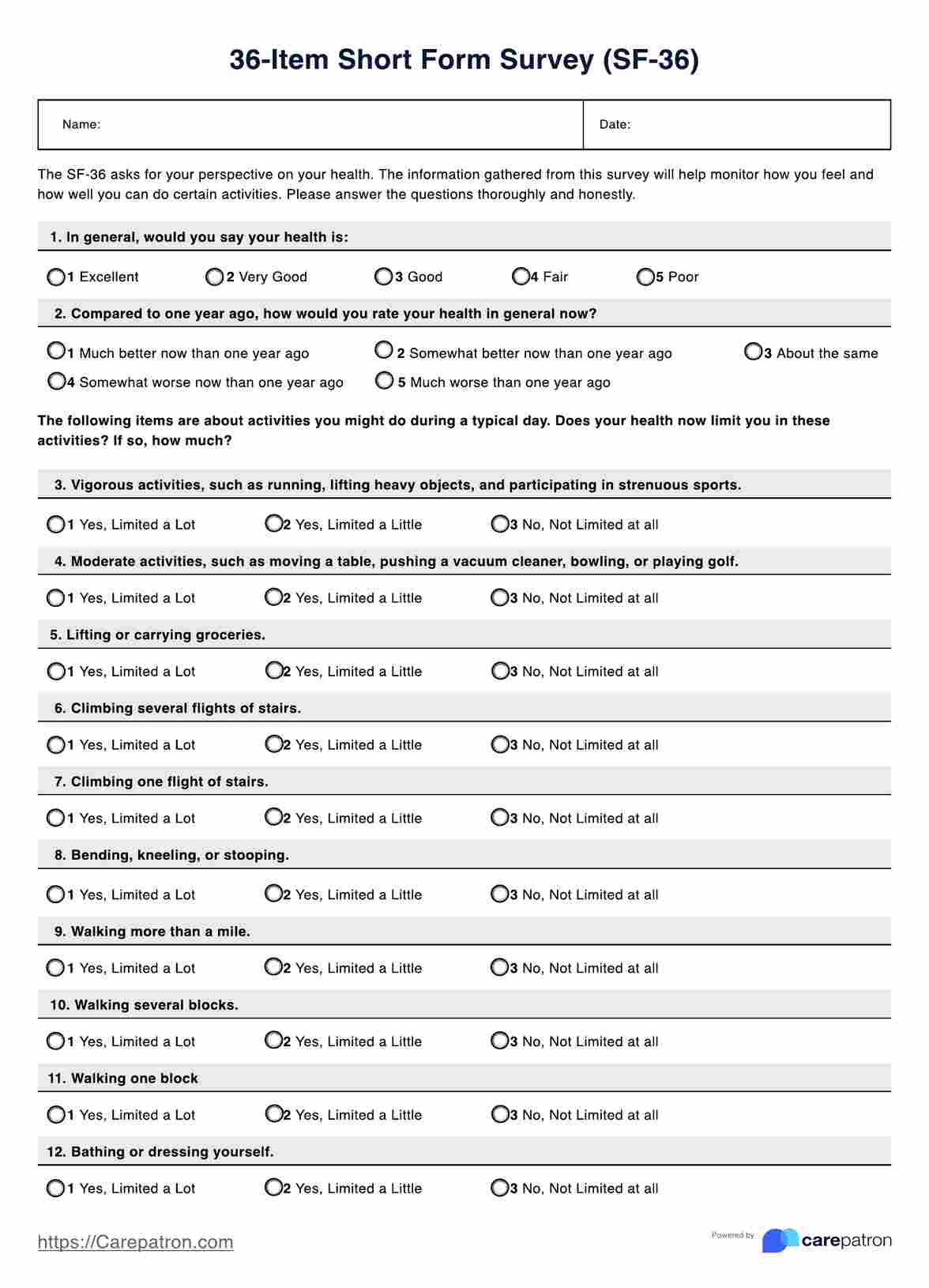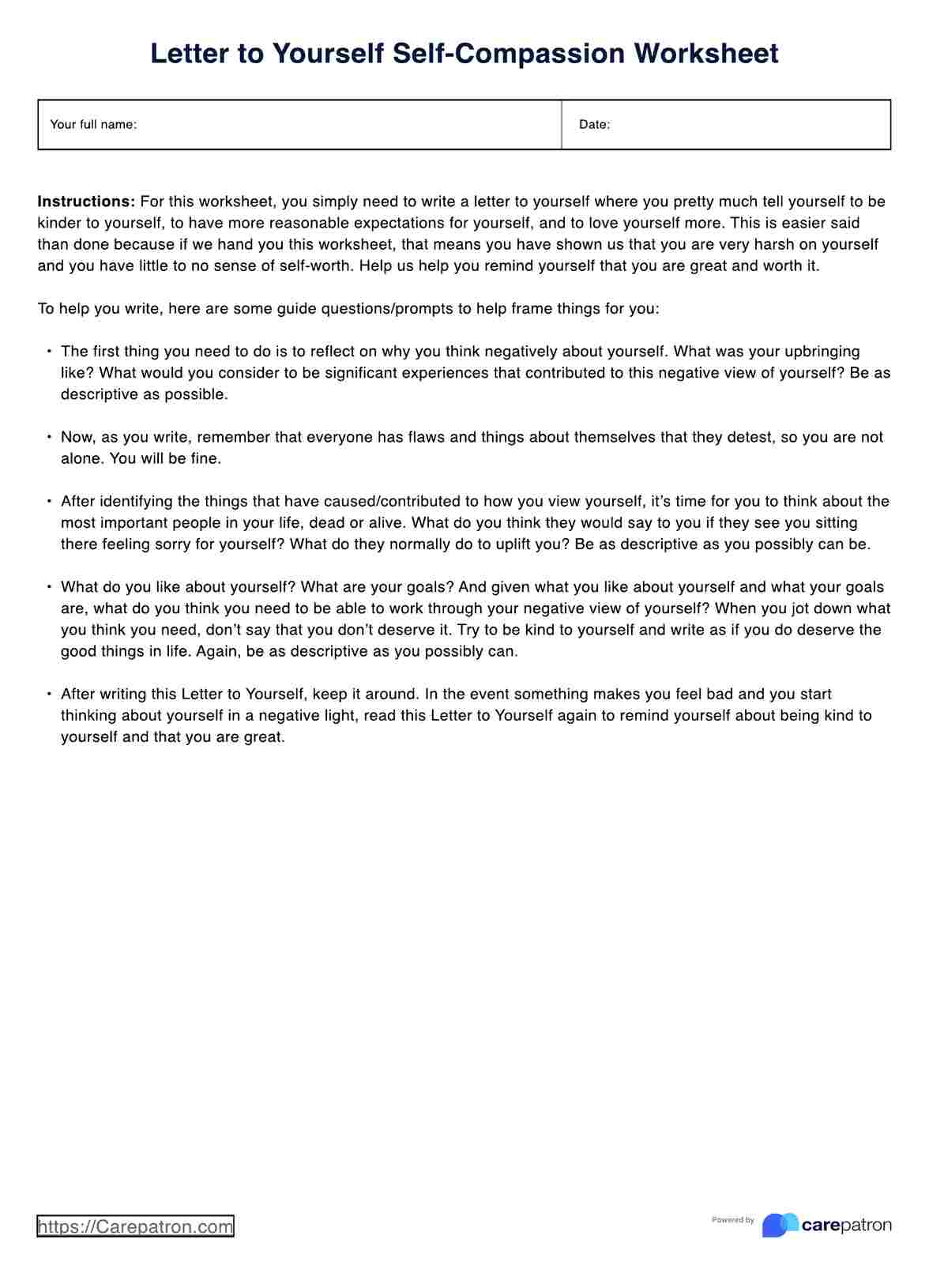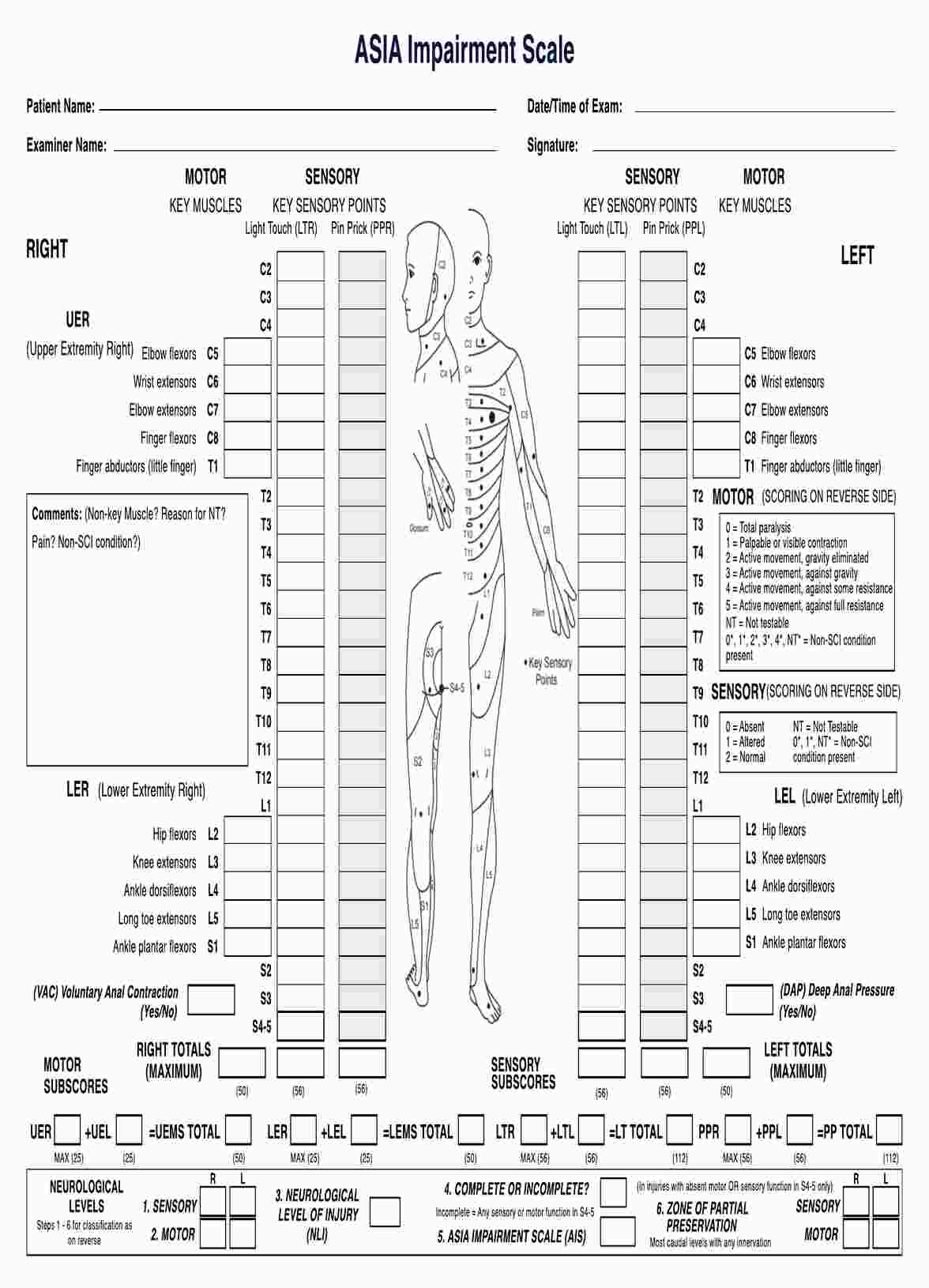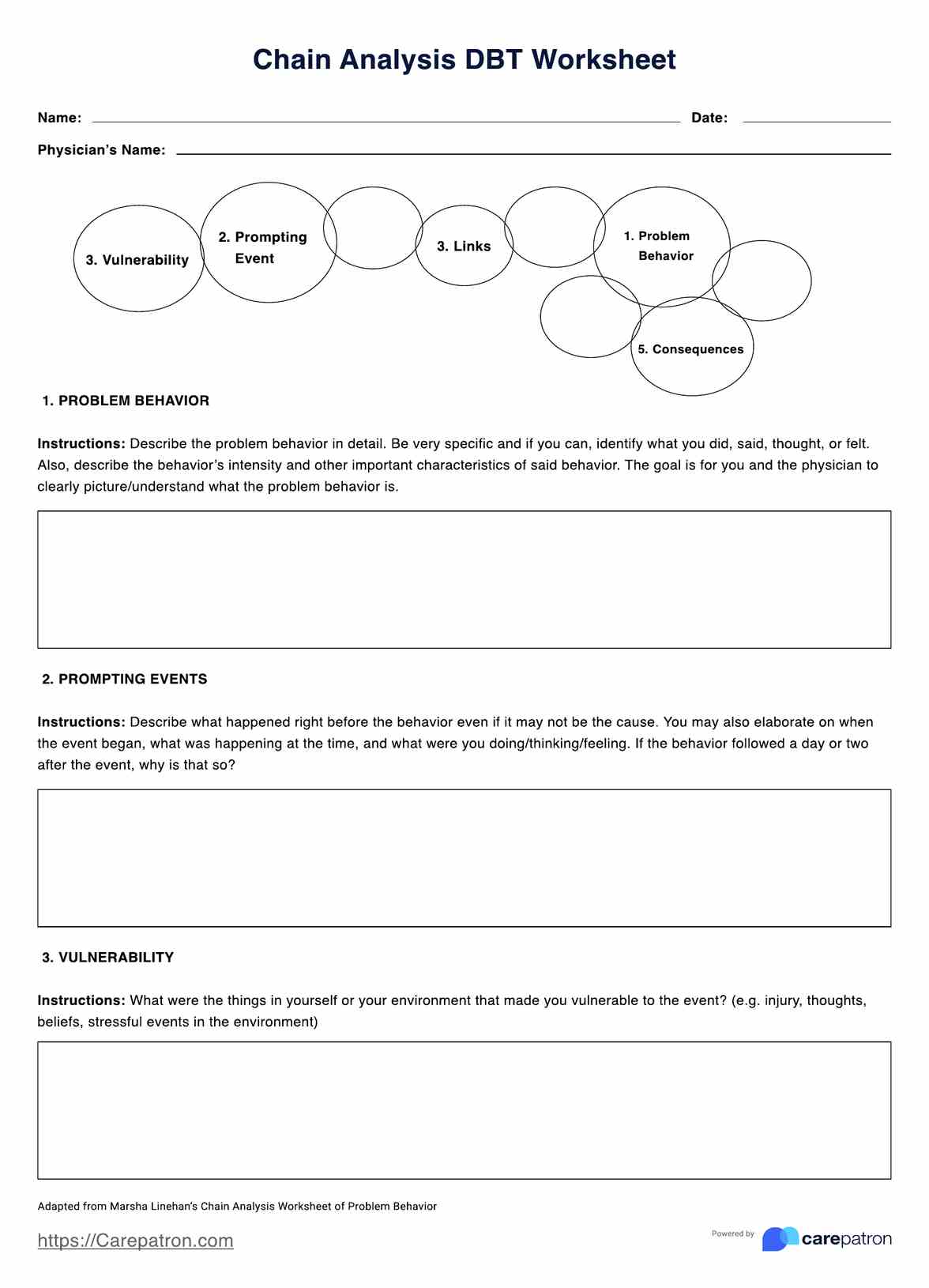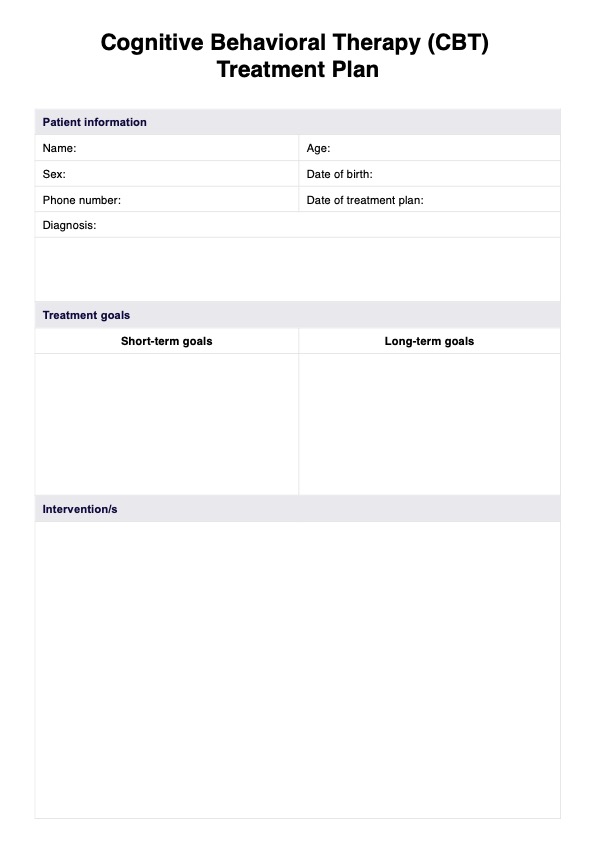Measuring Anxiety Levels ACT Worksheet
Measure, monitor, and manage your anxiety level with the Measuring Anxiety Levels ACT Worksheet. Download our free PDF now and get ahead of your anxiety.


What is Acceptance and Commitment Therapy?
Acceptance and Commitment Therapy (ACT) is one of the third-wave interventions that aims to promote healthy behavior patterns by helping you develop the ability to connect with the present moment by embracing and practicing mindfulness as a conscious human being.
was designed to help with various psychological issues, including anxiety. American Psychological Association defined anxiety as an emotion characterized by feelings of tension, worried thoughts, and physical changes. ACT incorporates six core processes: acceptance, cognitive defusion, mindfulness, self-as-context, values, and commitment, equipping you to develop skills and behaviors to cope with anxiety symptoms.
Acceptance occurs when you willingly experience automatic, unwanted emotions or sensations without controlling them. Putting it in the context of anxiety, when you experience anxiety symptoms, you acknowledge and embrace them without judgment. Following this process, ACT encourages you to view these experiences as passing events, not permanent representations of your reality.
ACT also teaches you to observe your experiences with the awareness that these may happen again, allowing you to prepare yourself by learning more adaptive responses. It highlights yourself as a context more than these unwanted experiences, letting you know that you are not your anxiety and you can overcome it if you want. With an emphasis on values, it assists you in clarifying what truly matters to you and builds your commitment to take actions aligned with your values.
ACT helps you build an adaptive relationship with your anxiety, allowing you to co-exist healthily. With acceptance, you gain control over your anxiety, and with commitment, you lead a life free from the shackles of your symptoms.
Measuring Anxiety Levels ACT Worksheet Template
Measuring Anxiety Levels ACT Worksheet Example
How to use the Measuring Anxiety Level ACT Worksheet?
Mental health professionals or ACT therapists use the Measuring Anxiety Level ACT Worksheet to measure, track, and manage their client’s anxiety symptoms. This worksheet can be assigned or administered before or after the session. Here is a generic guide on how to effectively use this tool:
Familiarize yourself with the worksheet
Secure a copy of this worksheet from the Carepatron website. This is a free resource that ACT therapists can download to incorporate into their practice or by clients as advised by their therapists. Using your copy, familiarize yourself with the worksheet's instructions, purpose, and structure. Understand that this tool is designed to help you track and manage your anxiety level.
Reflect
Before completing the worksheet, take a moment to reflect on your anxiety symptoms, such as the triggers, thoughts, feelings or emotions, and body sensations.
Complete the worksheet
Take enough time to fill out the worksheet. It assesses two anxiety levels, from a low to a higher level. These levels ask the same questions:
- What is the trigger?
- What thoughts appear in your head?
- What other feelings and emotions accompany these situations?
- What body sensations can you recognize?
Identify Patterns
Since this worksheet tracks and manages anxiety, it can be used or administered repeatedly. Take time to review your complete worksheets and identify the patterns. Identify situations that trigger your anxiety. Recognize situations where you avoid specific actions or values due to anxiety.
It is best to constantly seek your therapist’s guidance in completing this worksheet if you are a client. Rest assured that your therapist is willing to help you through this process. You don’t have to deal with your anxiety alone.
When would you use this Measuring Anxiety Levels ACT Worksheet?
Measuring Anxiety Levels ACT Worksheet is a versatile tool used in various scenarios. This is helpful for both professionals and non-professionals.
For non-professionals or clients, it can be incorporated into your daily routine so you can monitor your anxiety level over time. Monitoring your anxiety levels is crucial in effectively managing them. Doing this lets you identify the patterns and recognize situations where your anxiety is triggered. Knowing this, you can make plans if caught in the same situation again.
As professionals, you can incorporate this tool into their treatment and recovery programs. It will help you and your client track their progress, identify triggers, and adapt treatment strategies tailored to your client’s needs.
For employees dealing with work-related stress, you can use this worksheet to gauge your anxiety level. This can assist in managing workplace stress and improving job satisfaction and productivity.
By using this tool, you empower yourself to move beyond anxiety. You are equipped to face anxiety and not let it take over you. This valuable assessment tool aids in increasing awareness of anxiety triggers, evaluating the effectiveness of coping strategies, and promoting psychological flexibility. It offers a better understanding of how to live by your values. With this tool, you can conquer your anxiety.
What are the benefits of using this Measuring Anxiety Levels ACT Worksheet?
Measuring Anxiety Levels ACT Worksheet offers significant benefits to individuals seeking to manage and alleviate anxiety levels in the context of Acceptance and Commitment Therapy (ACT). Whether you are a therapist, a client, or someone simply interested in learning about your anxiety levels, this tool is helpful for you.
Here are some of the critical benefits of this worksheet:
Accessibility
This tool is a free resource accessed by mental health professionals, clients, or individuals outside the treatment sphere. You can download a free template from the Carepatron website to get you started in your journey.
Identification of triggers
Part of the process of completing this tool is the identification of triggers. For people with anxiety, it is important to recognize the triggers to prepare themselves with the necessary skills to cope when faced with the triggers.
Increased Self-Awareness
Because this tool prompts you to identify situations or circumstances that trigger your anxiety, it leads to increased self-awareness. It allows you to look into your reactions, emotions or feelings, and body sensations when faced with triggering situations. All these processes are crucial in overcoming anxiety.
Evaluate Treatment Progress
By allowing both you and your therapist to monitor your anxiety levels, this worksheet will enable you to evaluate the treatment progress. This yields important insights about the effectiveness of your treatment program and allows you to redesign it if it does not work.
More than these, this worksheet has more advantages that you can explore. It is important to note that this worksheet best works if guided by a therapist or a counselor.
Commonly asked questions
The time it takes to complete the Measuring Anxiety Levels ACT Worksheet can vary depending on individual factors. It may take approximately 5 to 15 minutes to fill out the worksheet. Still, it can be shorter or longer depending on the level of detail and reflection the individual chooses to engage in.
The Measuring Anxiety Levels ACT Worksheet can help a person by promoting self-awareness and identifying anxiety triggers. It facilitates the application of ACT principles, aiding in the acceptance of anxiety, values clarification, and goal-setting. Over time, it empowers individuals to manage anxiety effectively and make values-based decisions.
The Measuring Anxiety Levels ACT Worksheet can be utilized by a broad audience, including individuals undergoing therapy, those managing anxiety independently, healthcare professionals, researchers, and anyone interested in assessing and addressing anxiety within the Acceptance and Commitment Therapy (ACT) framework.


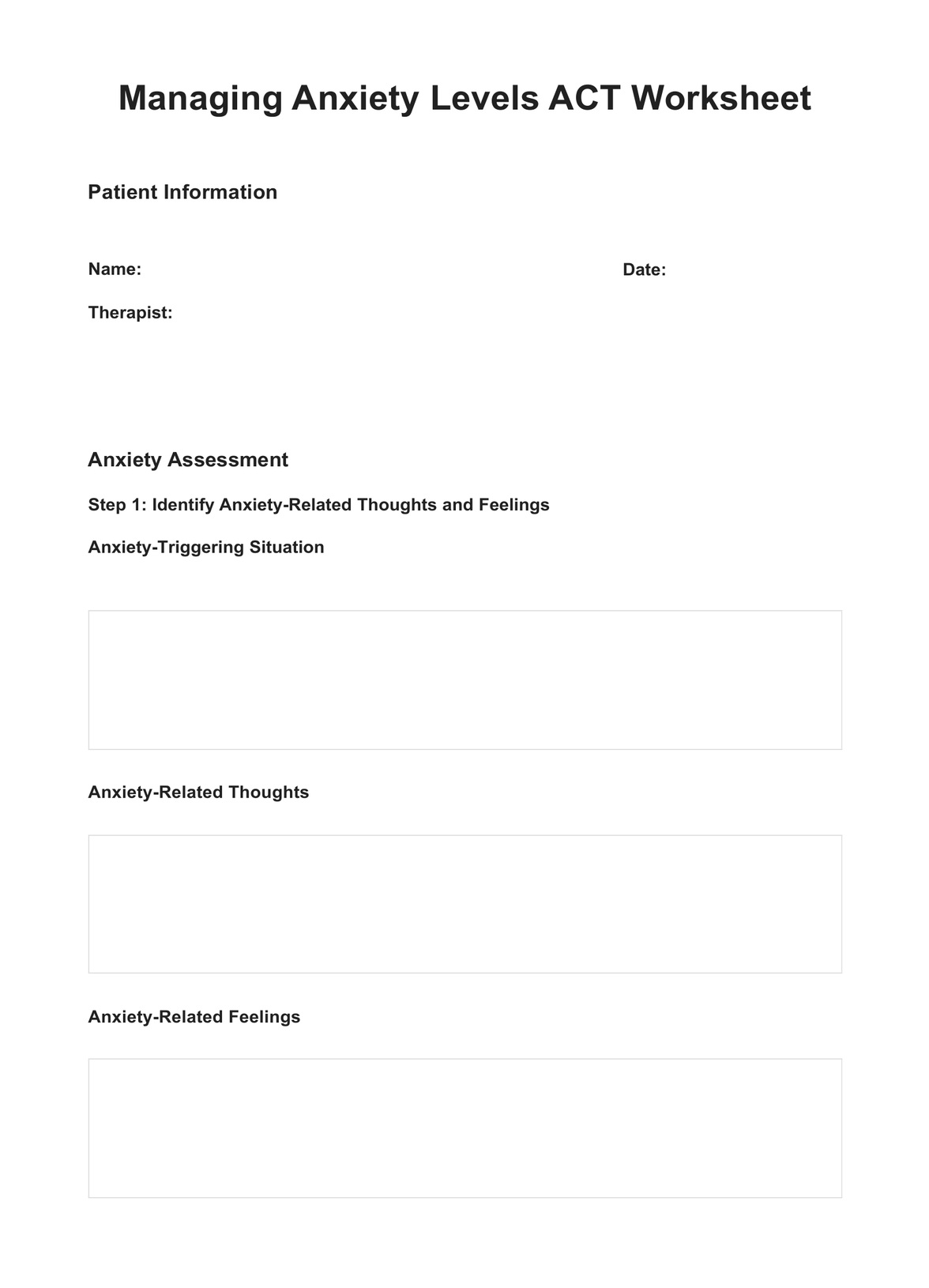
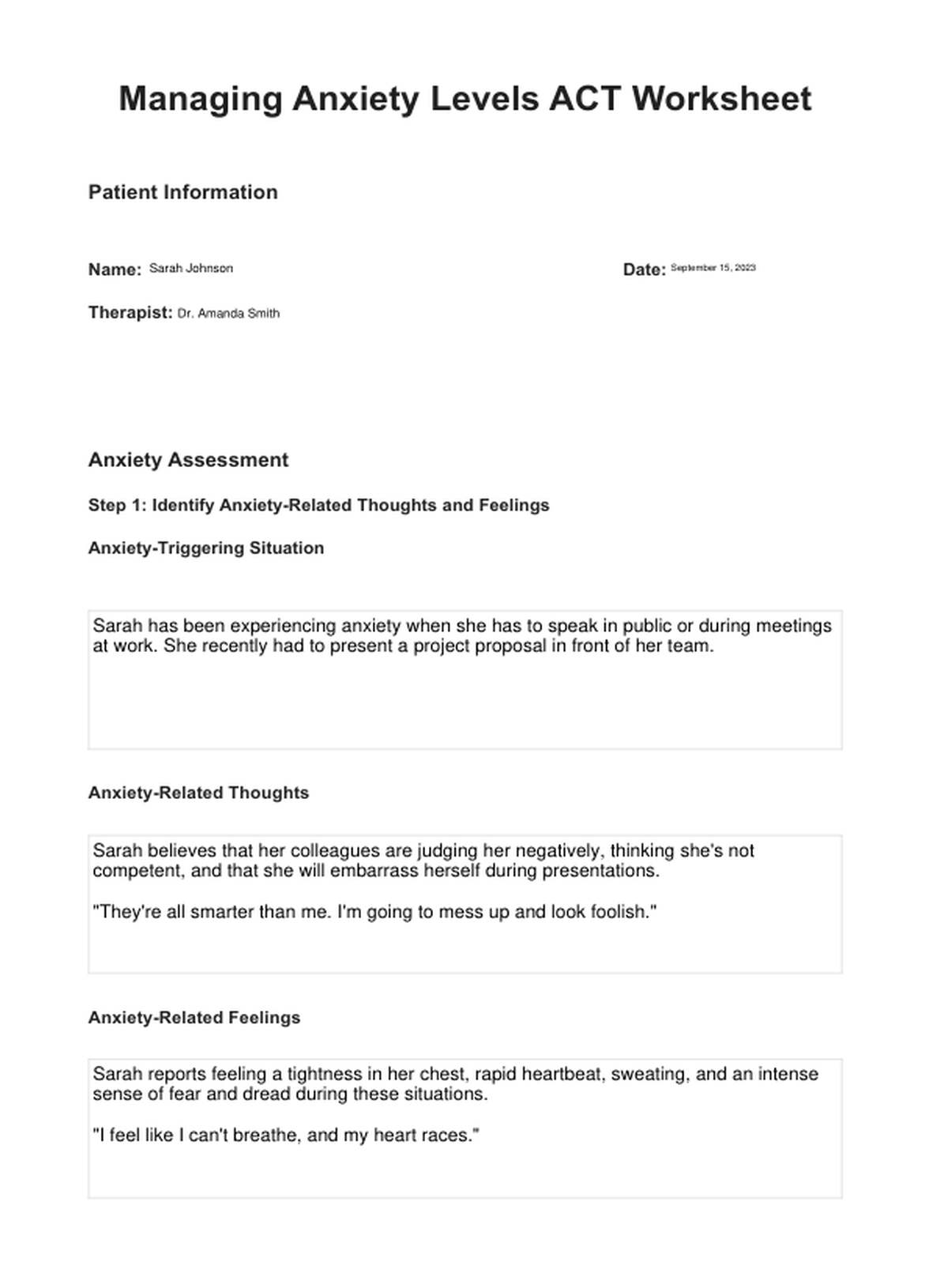















-template.jpg)





















































































